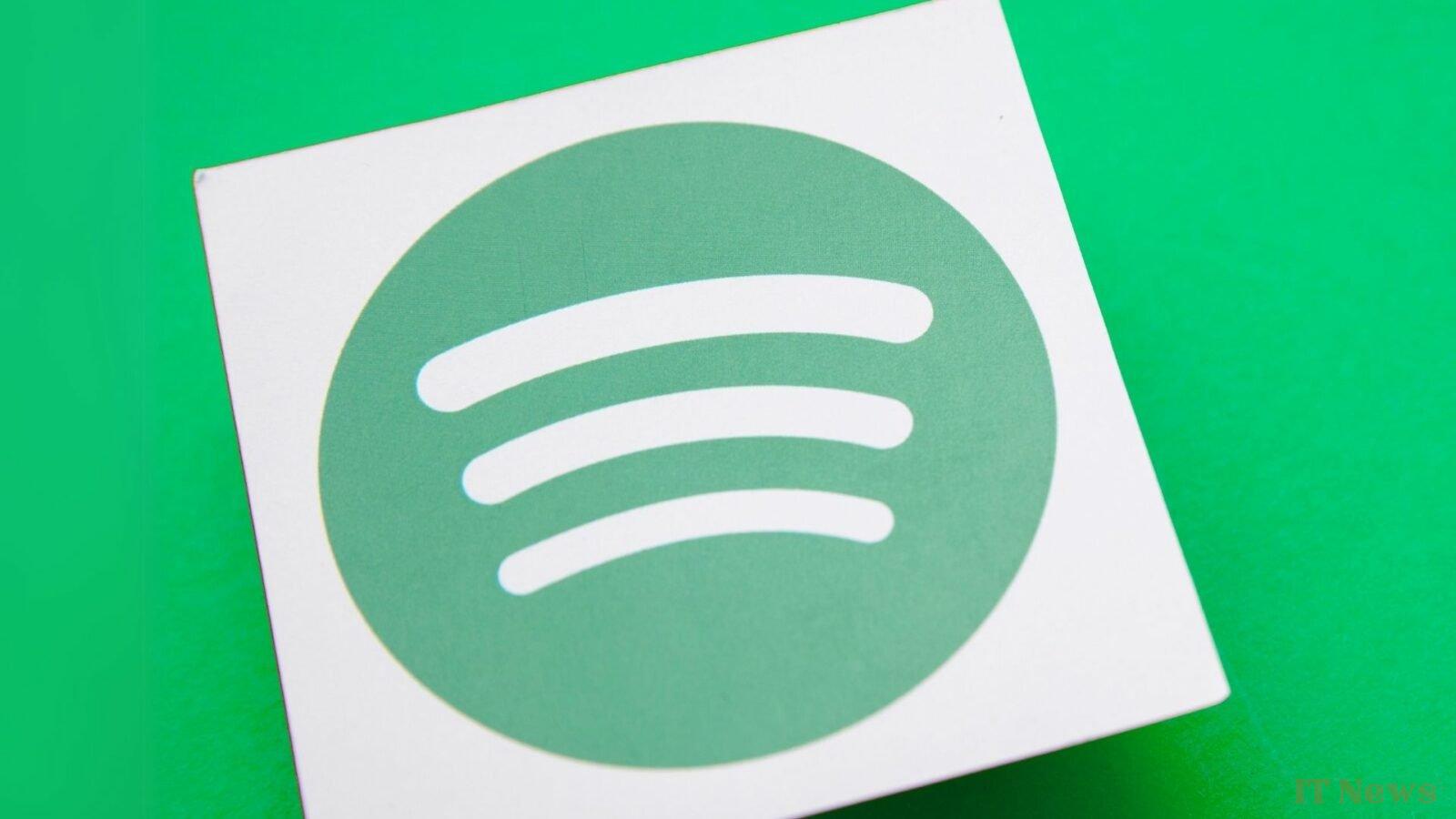The rise of music streaming has revolutionized access to music, but this dematerialization does not rhyme with carbon neutrality. Listening to your favorite playlist on Spotify involves a whole arsenal of resources, ranging from the mobilization of servers, transmission networks, data centers and, of course, the users' devices themselves. Each step consumes electricity, mostly from fossil fuels.
In 2025, according to an estimate conducted by Greenly, total emissions linked to music streaming on Spotify would reach 187,040 tons of CO₂ equivalent, an increase of 67% since 2021. This increase is not surprising, and is partly explained by the explosion in the number of users (from 406 to 678 million). On an individual level, an average Spotify user is responsible for 276g of CO₂ equivalent per year.
What pollutes
- Data centers: The infrastructure stores and processes musical content. Their cooling and continuous operation require a significant amount of energy.
- Transmission networks: The distribution of audio streams requires complex networks of cables, routers, and relays, which are also energy-intensive.
- User devices: The most often overlooked, but no less significant, part. Smartphones, computers, and connected speakers used to listen to Spotify represent a significant portion of total emissions.
Greenly's methodology also highlights that Spotify, since 2023, no longer includes the electricity consumption of user devices in its carbon footprint, underestimating the real impact of its activity on an international scale.
Audio vs. Video
While audio streaming remains less carbon-intensive than video (1.04 g of CO₂e per hour compared to 55 g of CO₂e per hour for a video), the trend toward integrating video content on Spotify could change the situation. Since 2024, the platform has offered its premium subscribers the ability to watch music videos, a much more energy-intensive feature. If all premium users switched from audio to video, annual emissions could jump to 3.92 million tonnes of CO₂ equivalent, a 52-fold increase in the service's carbon footprint.
For now, the majority of users remain attached to passive listening, often in the background or with the screen off. But changes in usage, coupled with Spotify's strategy, could tip this fragile balance.
A global impact, difficult to calculate
Spotify only represents around 32% of the global music streaming market, and only 23% of all listening. The overall impact of audio streaming is therefore much broader, especially since the ease of access and relative free nature of streaming have increased global music consumption, partly canceling out the environmental gains linked to the disappearance of physical media.
In parallel with this growing carbon footprint, some artists like Taylor Swift, Drake and Bad Bunny alone represent tens of thousands of transatlantic flights.



0 Comments